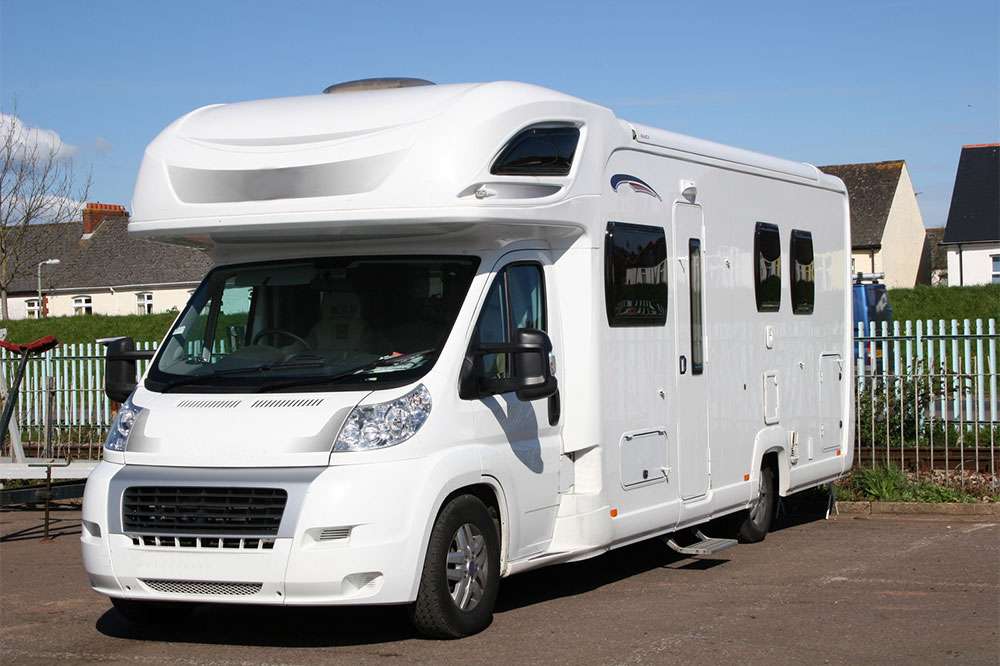Innovative Strategies for Accurately Valuing RVs Beyond the Blue Book
Discover innovative and reliable methods for accurately valuing RVs beyond traditional Blue Book resources. Learn about tools like NADA guides, online marketplaces, and DIY strategies, along with key factors affecting market prices. Understand how age, condition, and seasonal trends influence RV resale value to make better buying or selling decisions and maximize your investment. This comprehensive guide helps you navigate the complex world of RV valuation with confidence and professionalism.

Innovative Strategies for Accurately Valuing RVs Beyond the Blue Book
Recreational vehicles (RVs) represent a versatile and comfortable travel option, combining the convenience of a home on wheels with the freedom to explore remote destinations. Their growing popularity has led to an increase in both RV purchases and sales, making understanding how to accurately estimate their value more important than ever. While the Kelley Blue Book is famously known for providing vehicle valuations, it doesn't cater specifically to the diverse and customized world of RVs. Fortunately, there are various alternative tools and strategies to help both buyers and sellers determine a fair market price for RVs.
Why Is There No Specific RV Blue Book?
The reason behind the absence of a dedicated RV Blue Book stems from the unique nature of the RV industry. Unlike standard automobiles, RVs come with a broad array of models, features, configurations, and customizations that make assigning a uniform value challenging. Traditional Blue Book models work best with vehicles that have limited options and standardized features, allowing for consistent pricing. In contrast, the RV market is highly segmented, with variations such as motorhomes, travel trailers, fifth wheels, truck campers, and park models. These variations, along with differing specifications, interior layouts, and added features, complicate the creation of a one-size-fits-all valuation guide. Despite this complexity, industry professionals and enthusiasts have identified reliable alternative methods for RV valuation that are equally, if not more, accurate.Explore Alternative RV Valuation Methods
There are several practical approaches to determining the true value of an RV, whether you're planning to buy or sell. These methods take into account factors such as the RV's age, condition, features, and current market trends. Utilizing these options can lead to a more accurate and fair assessment of an RV's worth, avoiding the pitfalls of relying solely on standard guides.NADA Guides The National Automobile Dealers Association (NADA) offers comprehensive pricing data for various types of used RVs, including motorhomes, travel trailers, truck campers, and park models. Accessing their website enables you to select specific criteria such as manufacturer, model, year, and location to generate regionally adjusted market values. NADA provides suggested retail, average, and wholesale prices, helping buyers and sellers set realistic expectations based on current market conditions. Since market values can fluctuate based on regional demand, this tool is essential for precise valuation.
Online RV Marketplaces Platforms like RV Trader, RVT.com, and other online marketplaces are invaluable for researching current market prices. These sites list thousands of RVs for sale, often with detailed descriptions, photos, and pricing. Many feature built-in tools like price checkers and valuation calculators, which analyze recent sales data and ongoing listings to estimate an RV's market value. By comparing similar models, features, and conditions, sellers can gauge what buyers are willing to pay and adjust their asking price accordingly.
DIY Market Comparisons For quick and practical estimates, conduct your own research by browsing online listings at local dealerships and online marketplaces. Focus on RVs that match your unit’s make, model, year, and condition. Pay attention to asking prices, sale prices (if available), and any differences in features or upgrades. This DIY approach provides real-time market insights and helps you develop a competitive price point based on current supply and demand dynamics.
Key Factors Affecting RV Valuation
The process of valuating an RV involves multiple variables that can significantly influence the final price. Factors such as seasonal fluctuations, economic environment, and industry-specific trends play crucial roles. During colder months, demand for RVs tends to decline, leading to lower prices. Conversely, peak seasons like spring and summer see an increase in buyer interest, which can drive up prices. External economic factors, such as fuel prices, interest rates, and overall market health, also impact RV prices. Additionally, internal features like brand reputation, interior upgrades, mileage, and condition further contribute to valuation. Consulting with industry professionals who understand current market dynamics can help ensure your valuation is accurate and reliable.Importance of Age and Timing in Selling RVs
Age is a vital consideration when estimating RV value. Typically, once an RV surpasses ten years of age, financing options may become limited, and resale values often decrease. The market for older RVs is usually less active, especially after the 12-year mark, as buyers tend to prefer newer models with updated amenities. To maximize resale value, timing your sale strategically is crucial; selling before the vehicle becomes significantly aged can result in a higher price. Regular maintenance, detailed cleaning, and upgrades can also boost an RV’s appeal and resale value. Planning the sale around optimal seasons and market conditions can make a substantial difference in achieving the best possible price.



